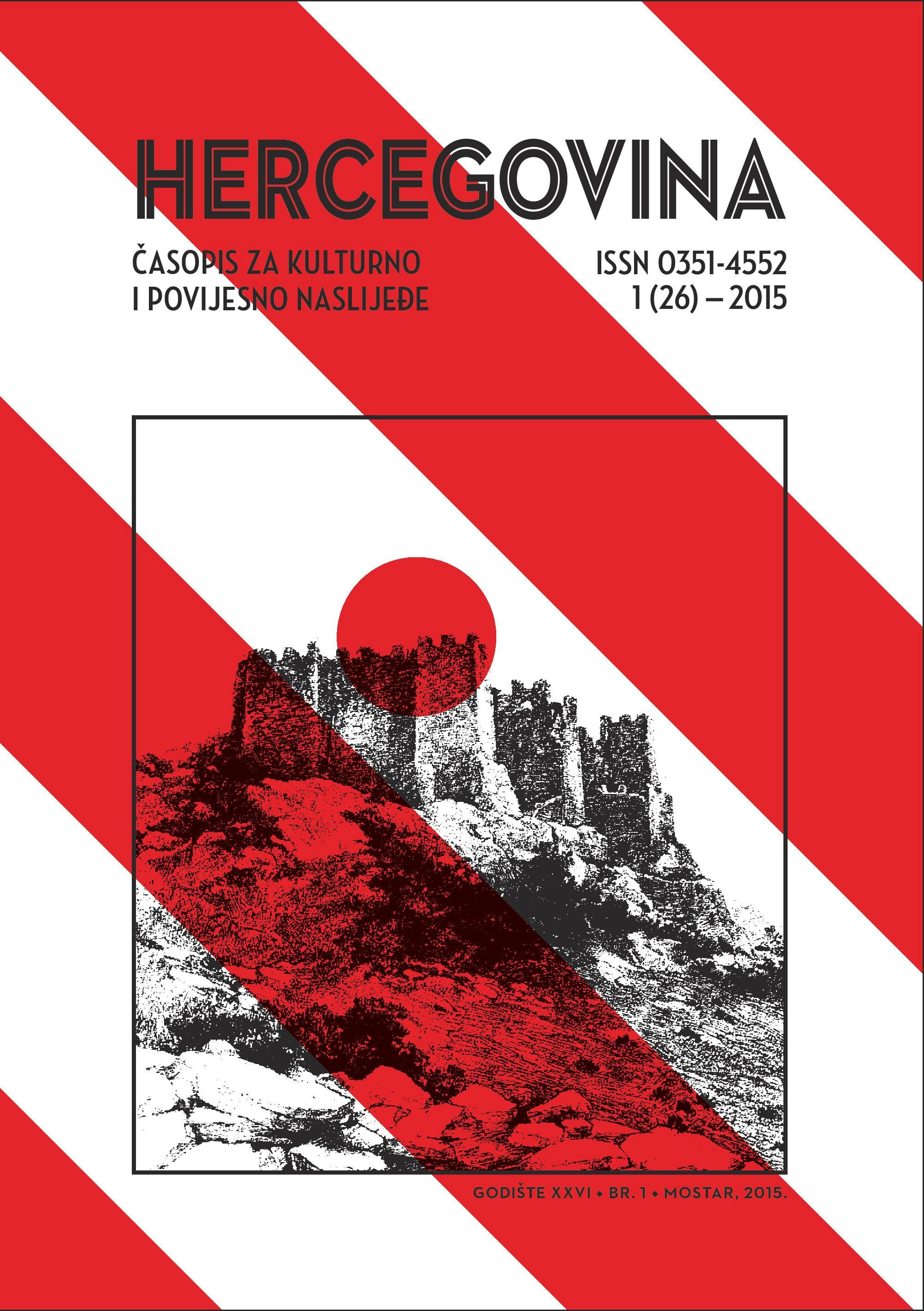Austrougarske utvrde u Hercegovini
Obrambena crta: Kalinovik, Ulog-Obrnja, Nevesinje, Stolac (die zweite linie)
Austro-Hungarian forts in Herzegovina
Defensive line: Kalinovik, Ulog-Obrnja, Nevesinje, Stolac (die zweite linie)
Author(s): Manuel MartinovićSubject(s): History, General Reference Works, Diplomatic history, Military history, Political history, Social history, 19th Century
Published by: Filozofski fakultet Sveučilišta u Mostaru
Keywords: fortification belt; the Austro-Hungarian army; defensive barracks; defensive line; artillery
Summary/Abstract: Immediately upon arrival in Bosnia-Herzegovina in 1878, Austria-Hungary started building a new fortification system adjusted to modern warfare and contemporary military tactics.With the construction of the fortification belt along the border with Montenegro in the areas of Trebinje and Bileca, the Austro-Hungarian Monarchy established first defensive line in Herzegovina, which was a guarantee of the eastern borders protection. As a backup, second defensive line was set in the belt of Kalinovik, Ulog-Obrnja, Nevesinje and Stolac. Beside these, there were very well-fortified cities of Sarajevo and Mostar, the latter being a background support to the first two mentioned Herzegovinian lines. Coming from the north, there was a line of three fortifications and large barracks in Kalinovik, the complex of Ulog-Obrnja with barracks and a fort above, which was a special type of 'moat' fortification, then Nevesinje with a fort and defensive barracks and finally Stolac with three forts and a large complex of defensive barracks. During World War I all the Austro-Hungarian forts in Herzegovina fulfilled their defensive function.Unfortunately, the devastation of the Austro-Hungarian military fortifications, which began with the fall of the Monarchy, has continued up to day. Although the objects were built in the period between 1878 and 1918, they have kept not only historical but also aesthetic value.The fact that only three Austro-Hungarian forts have been registered as national monuments (Bijela Tabija in Sarajevo - due to an older complex on the same site, Stolac - for the same reason as the previous, and Vraca in Sarajevo - as a location of World War II events) shows the negligence of the state for the fortifications more than 130 years old.
Journal: Hercegovina. Časopis za kulturno i povijesno naslijeđe (Do 2018)
- Issue Year: 26/2015
- Issue No: 1
- Page Range: 215-250
- Page Count: 36
- Language: Croatian

